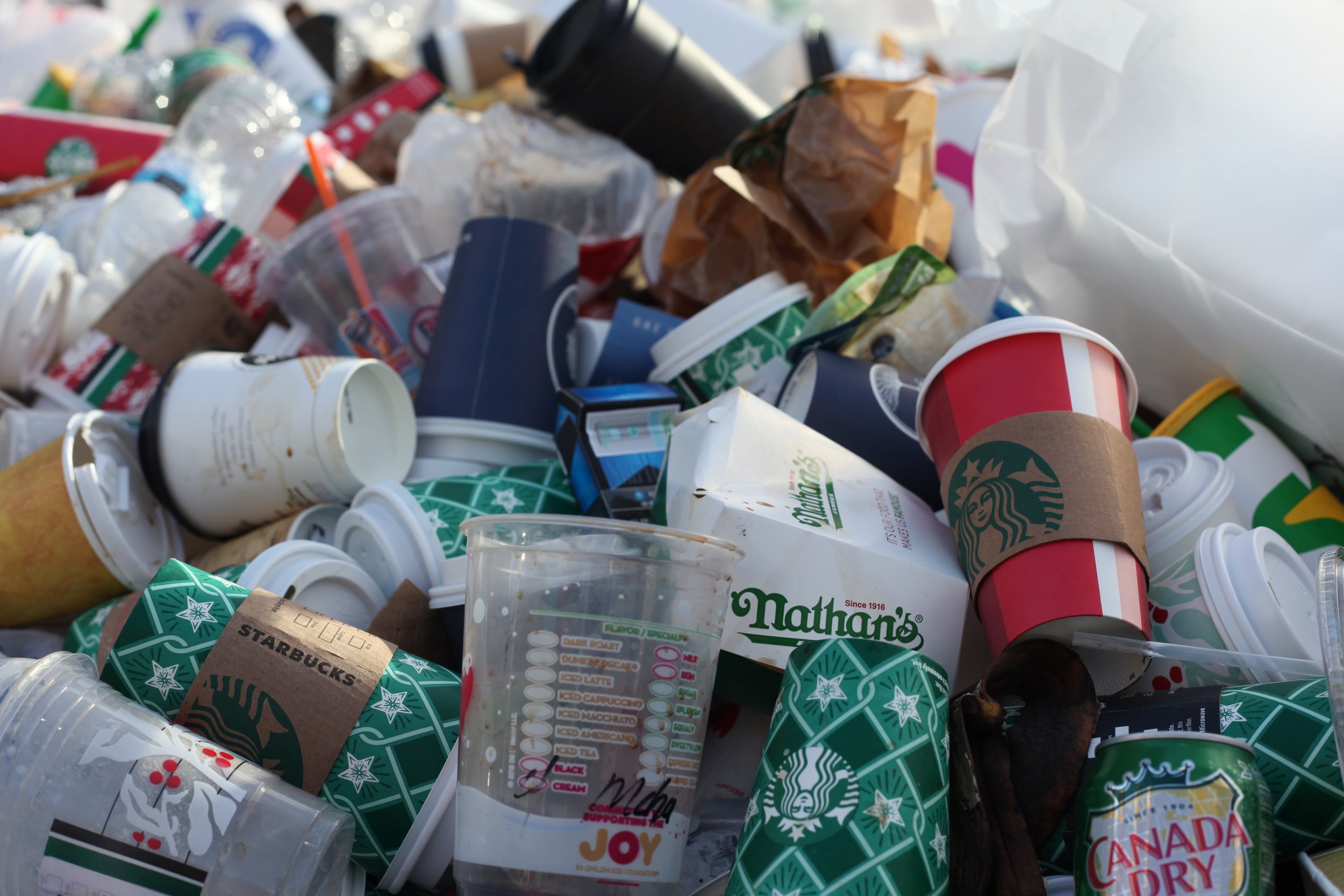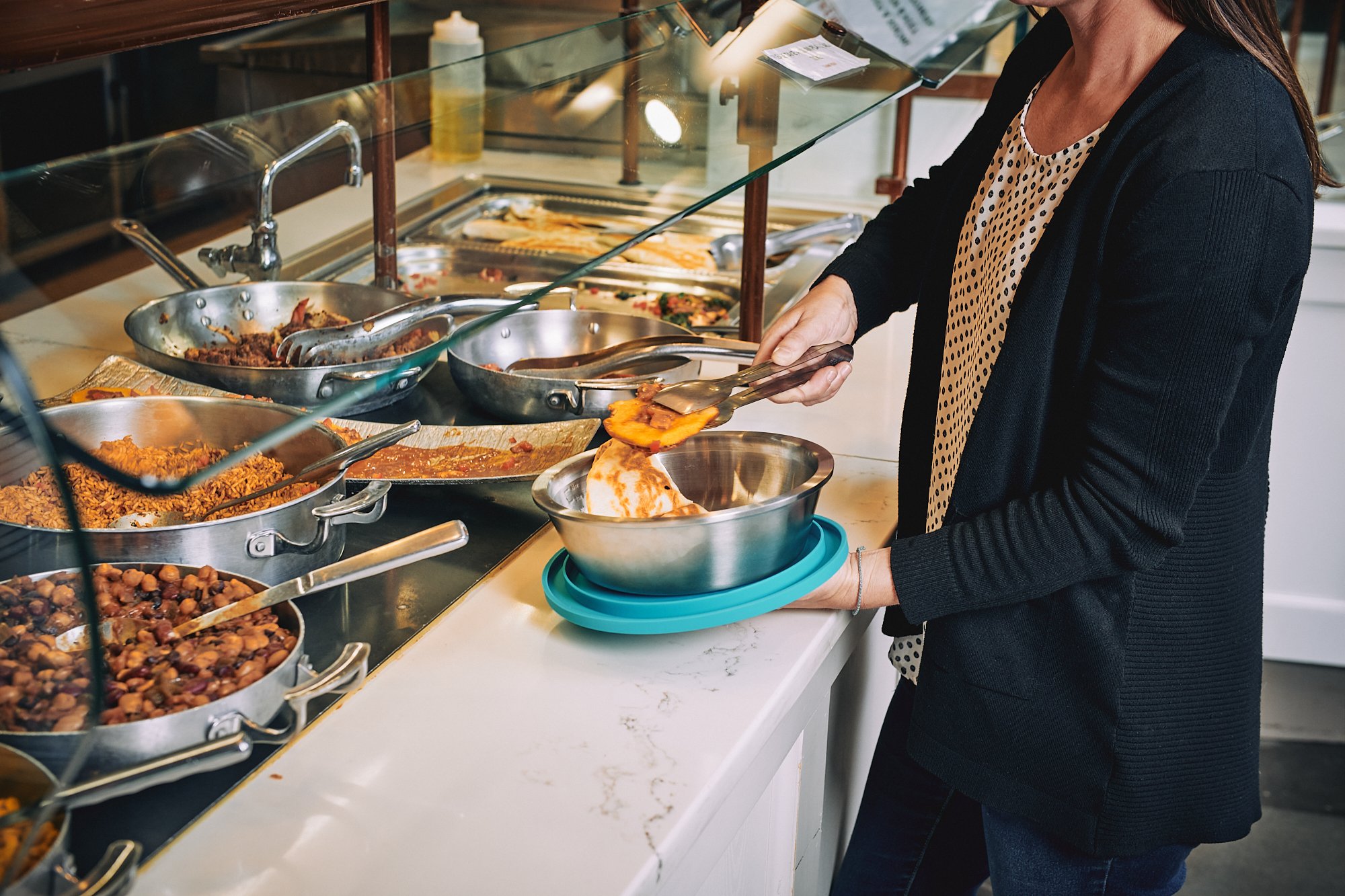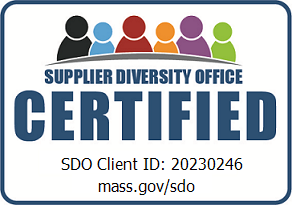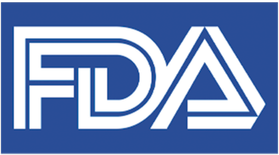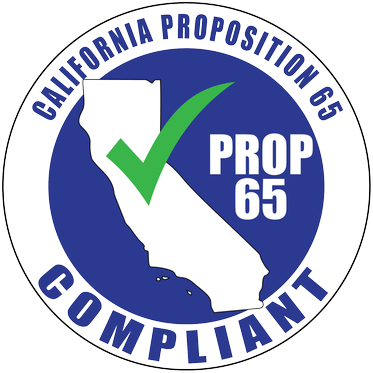The words “reduce, reuse, recycle” seem to be everywhere. But in a world where single-use plastic packaging is the norm, most emphasis is placed on that last action – recycle. Plastics companies assure us that as long as we toss our plastic cup or container into the recycling bin after we use it, there will be no harmful impact on the environment. After all, that material will simply be reformed into a new object – right?
Unfortunately, the truth is far more complicated. A recent Greenpeace report estimated that only 5-6% of US plastic was recycled in 2021, and a whopping six times as much plastic is incinerated as recycled.
How is this possible? This blog will break down the history of recycling in the US and some reasons why, despite our best hopes, recycling is simply not the answer to the plastic problem.
A biography of US recycling
The state of recycling today looks a lot different than it did just six years ago. To give an overview of this plastics recycling history, I’ll give a quick timeline:
-
1970s: Recycling programs became widespread as the plastic industry spent millions of dollars assuring the public that the majority of plastic could be recycled, even though they realized that recycling plastic would never be economically viable. This allowed them to successfully sell more and more new plastic. As one plastic industry leader put it: “If the public thinks that recycling is working, then they are not going to be as concerned about the environment.”
-
Before 2018: To deal with the resulting plastic waste, for decades, the US shipped most of its recycling to China, which used the material for manufacturing. However, 30% of this material was contaminated, which led to a whole host of problems, including over a million metric tons of plastic ending up in China’s oceans each year.
-
2018: China implemented the National Sword policy, which enforced more stringent purity standards for imported plastics. Suddenly, the US lost the primary market for its plastics. Since the US lacked a developed domestic recycling system, it looked for alternative places to ship the materials.
-
2018 – today: Today, since there is no federal recycling program, individual communities decide whether and what to recycle. Communities that do recycle ship plastics overseas to Cambodia, Bangladesh, and Ethiopia, where they are already overwhelmed by the amount of plastic. However, without the Chinese markets, municipalities are often losing money on their recycling programs. For example, before 2018, Bakersfield, CA earned $65 a ton from its recyclables, but after 2018, it had to pay $25 a ton to recycle these same items. And since recycling is a community choice, communities which cannot afford to pay for recycling have had to cut back on their programs.
All about recycling plastic material
However, China’s Green Sword policy isn’t the only reason why a plastic item tossed in the recycle bin might not actually be recycled. The recycling process itself – especially in the United States – also includes many flaws.
-
Used plastic can be turned into new things, but collecting, sorting, and processing it is expensive. On the other hand, new plastic is always less expensive and of better quality, making consumer goods companies prefer to buy virgin plastic rather than recycled plastic.
-
If recyclable materials are contaminated by non-recyclable materials – like food waste or items mistakenly tossed in the recycle bin – large batches of recyclable material might not be recycled.
-
Only plastics labeled #1-2 are recycled – while China used to accept plastics #3-7, those plastics are usually not recycled in the US today.
-
Plastics can only be recycled once or twice because the polymers break down in the recycling process.
-
Plastic is environmentally harmful to reprocess.
-
Maybe you’ve heard of “Advanced Recycling” – but this industry has its own problems. “Advanced recycling” facilities transform plastics into low-grade fossil fuels and petrochemicals which release toxic emissions when burned for energy. Worse, at times the plastics cannot be processed at all, as the advanced recycling industry reportedly struggles with sorting and cleaning mixed plastic waste.
How to fix the problem
Recycling plastic is inherently wasteful. Many plastics placed in the recycling bin can’t be recycled, and those that can are only able to be recycled 1-2 times. And, without efficient domestic recycling infrastructure, US communities are losing money on their recycling schemes.
With this in mind, it seems necessary to find a more sustainable and cost-effective solution to the plastic waste problem. The EPA has an idea about that. On their website, they assert: “The most effective way to reduce waste, and the most environmentally preferred strategy, is to not create it in the first place.”
Unlike recycling, reuse skips the materials and energy used to make new items out of new ones. Washing and using materials again slashes water, waste, and energy use.
However, it’s also important to recognize that in order for reuse to become a widespread solution, systems need to be put in place: systems that provide reusable containers by default and ensure that those containers are used over and over again. That’s why USEFULL was created – to create an efficient system which replaces the need for single-use plastics.
If you are interested in learning more about how reuse can tackle plastic waste in your area, contact us today! Or, sign up for our newsletter here to stay up to date on our journey towards creating a truly circular economy.
